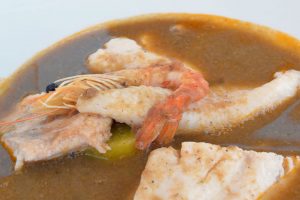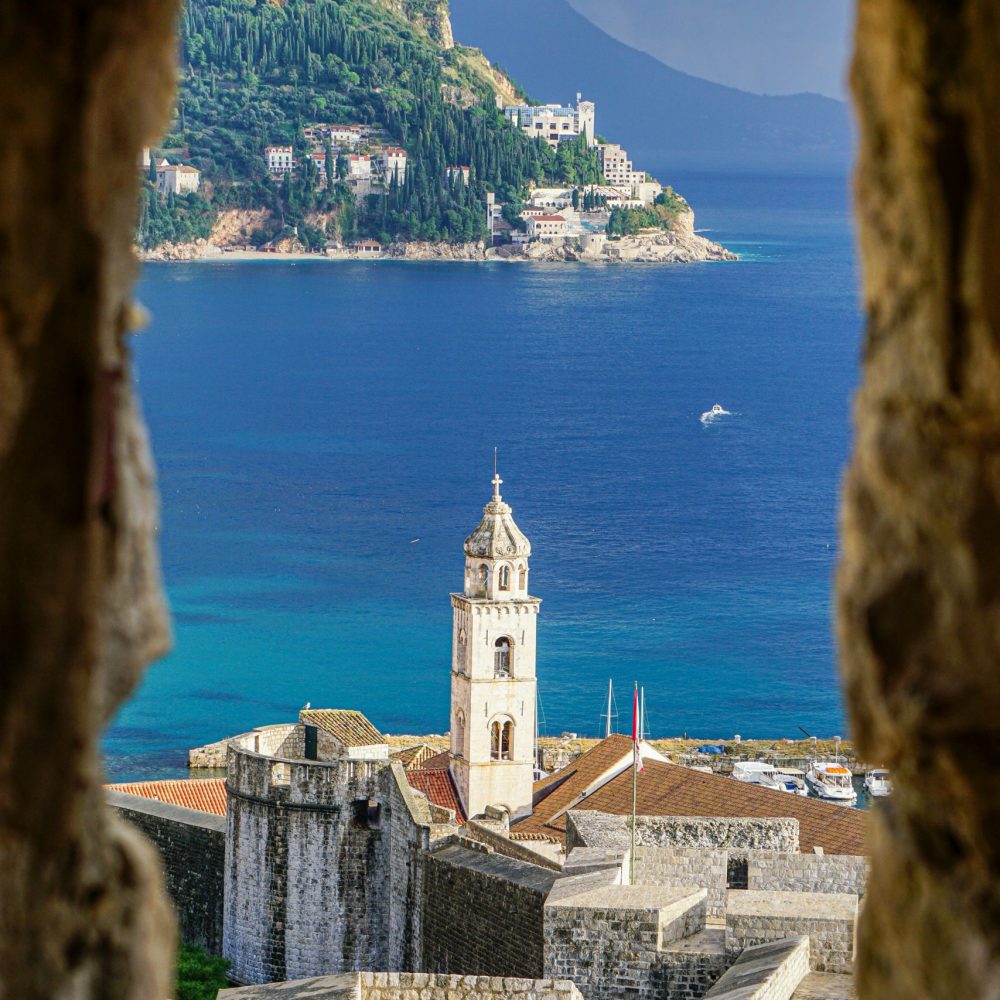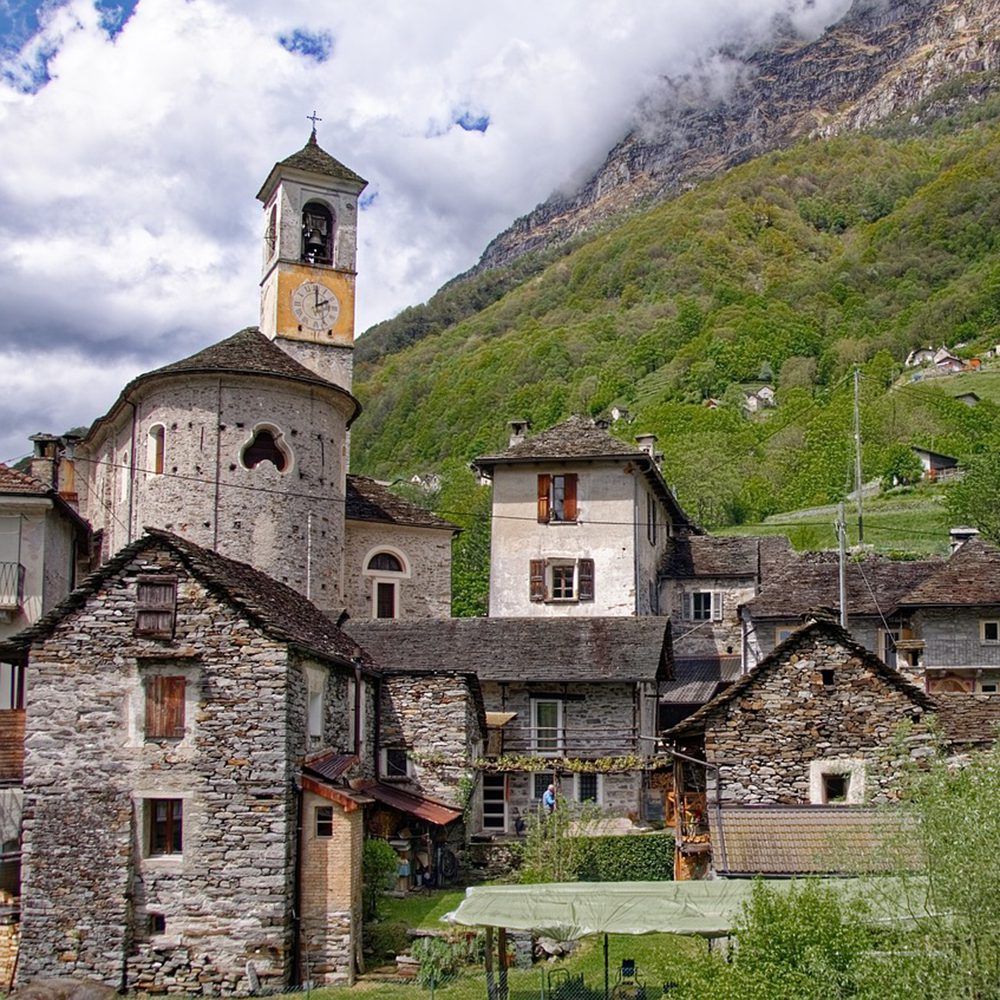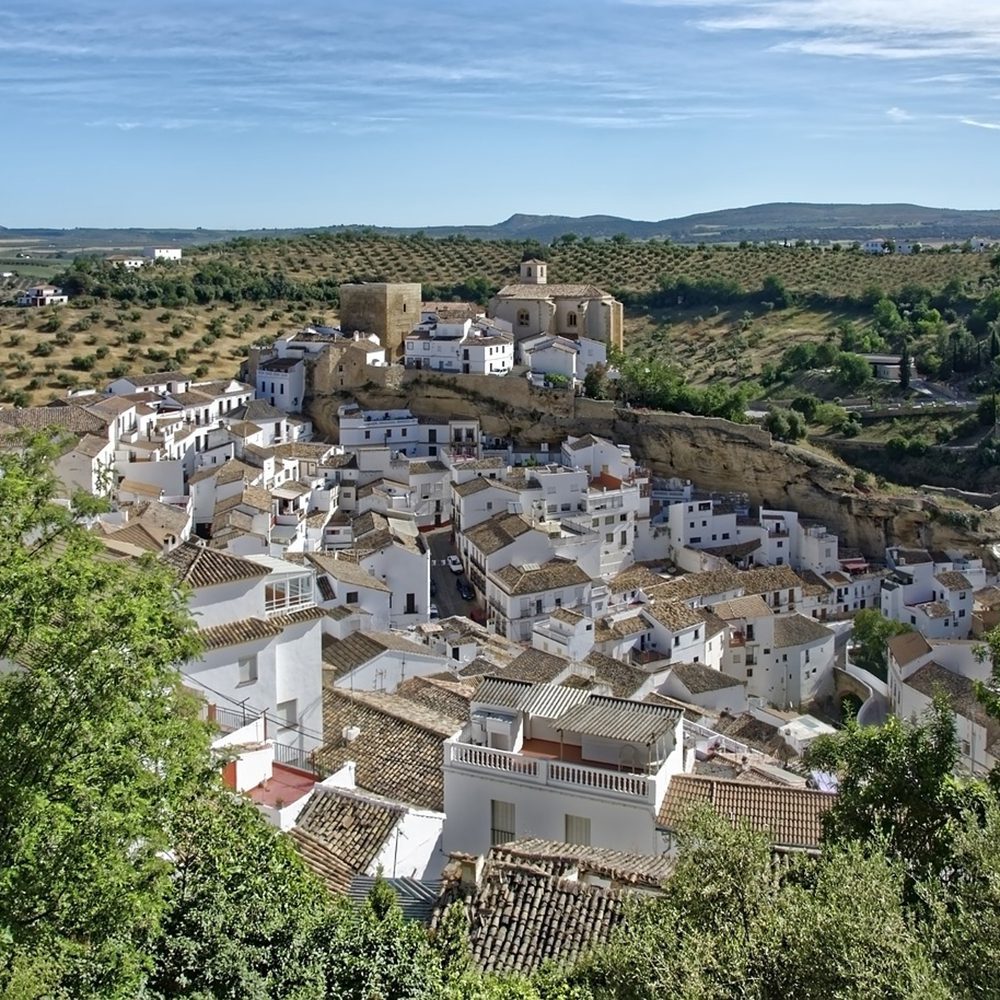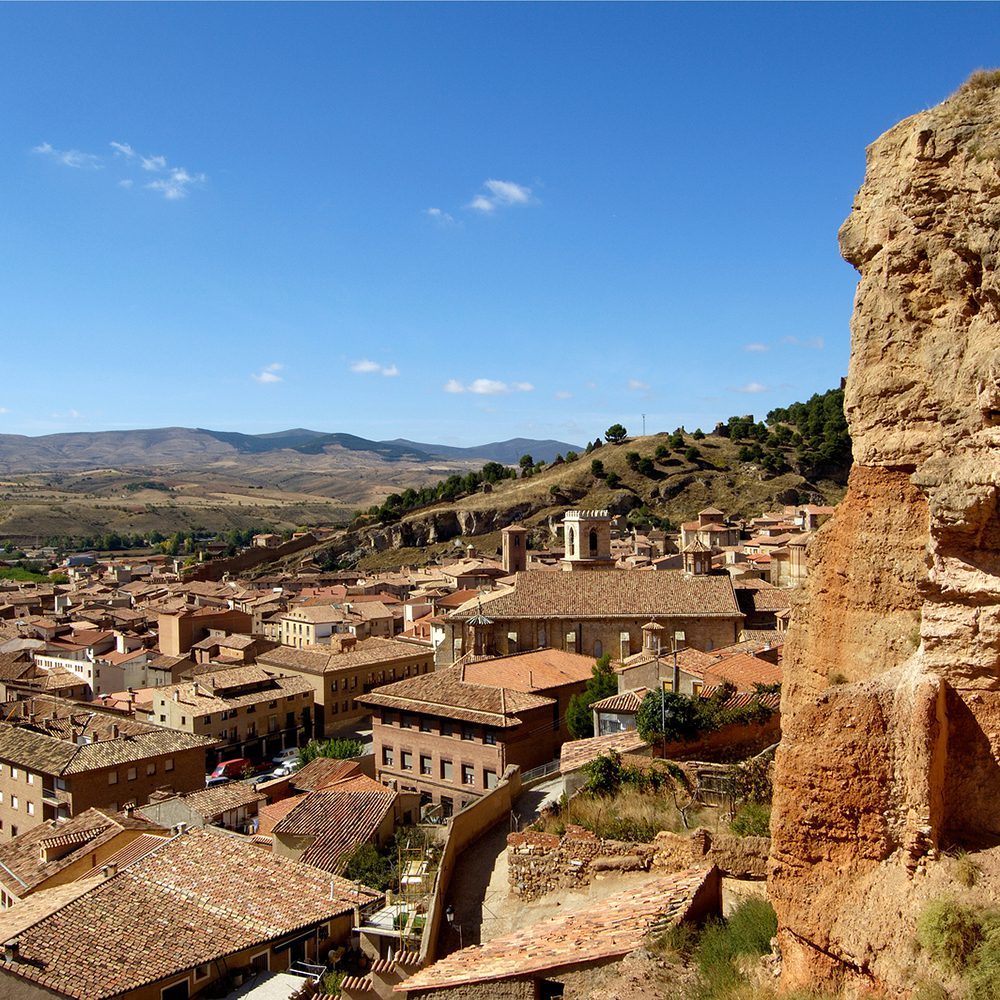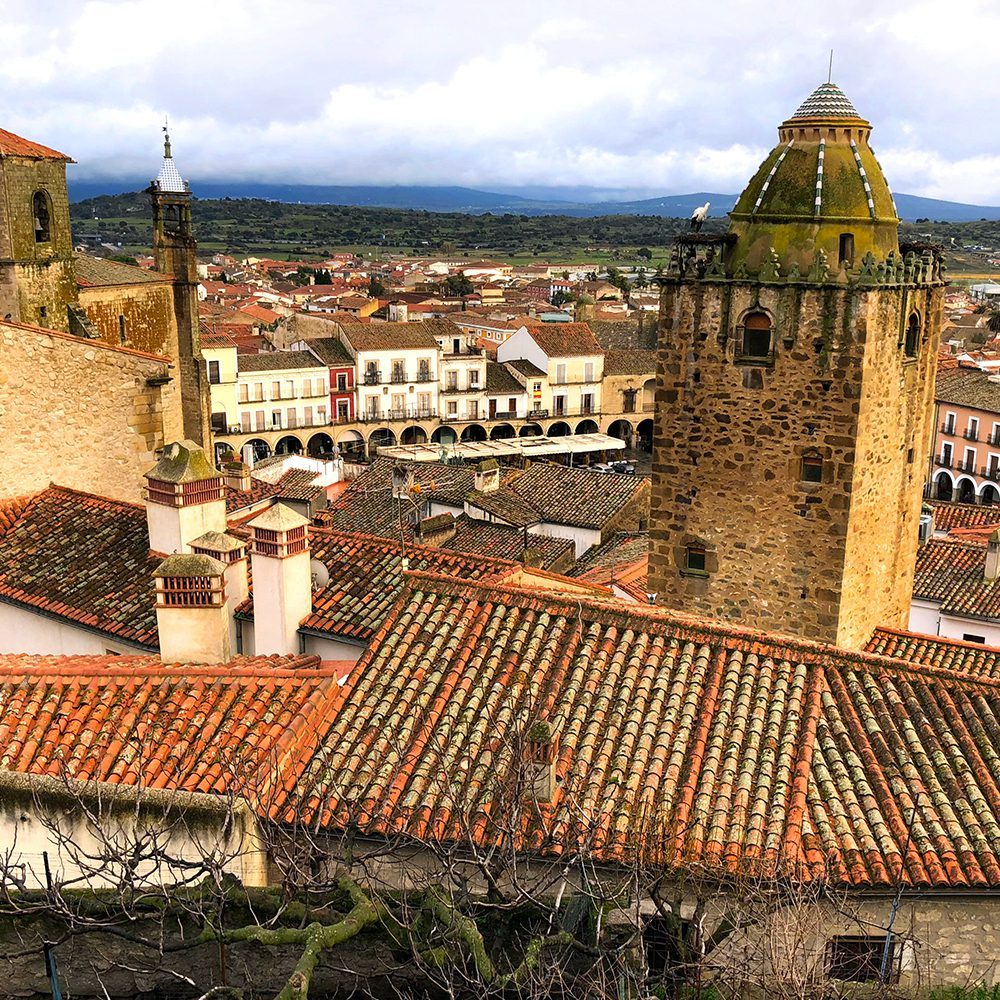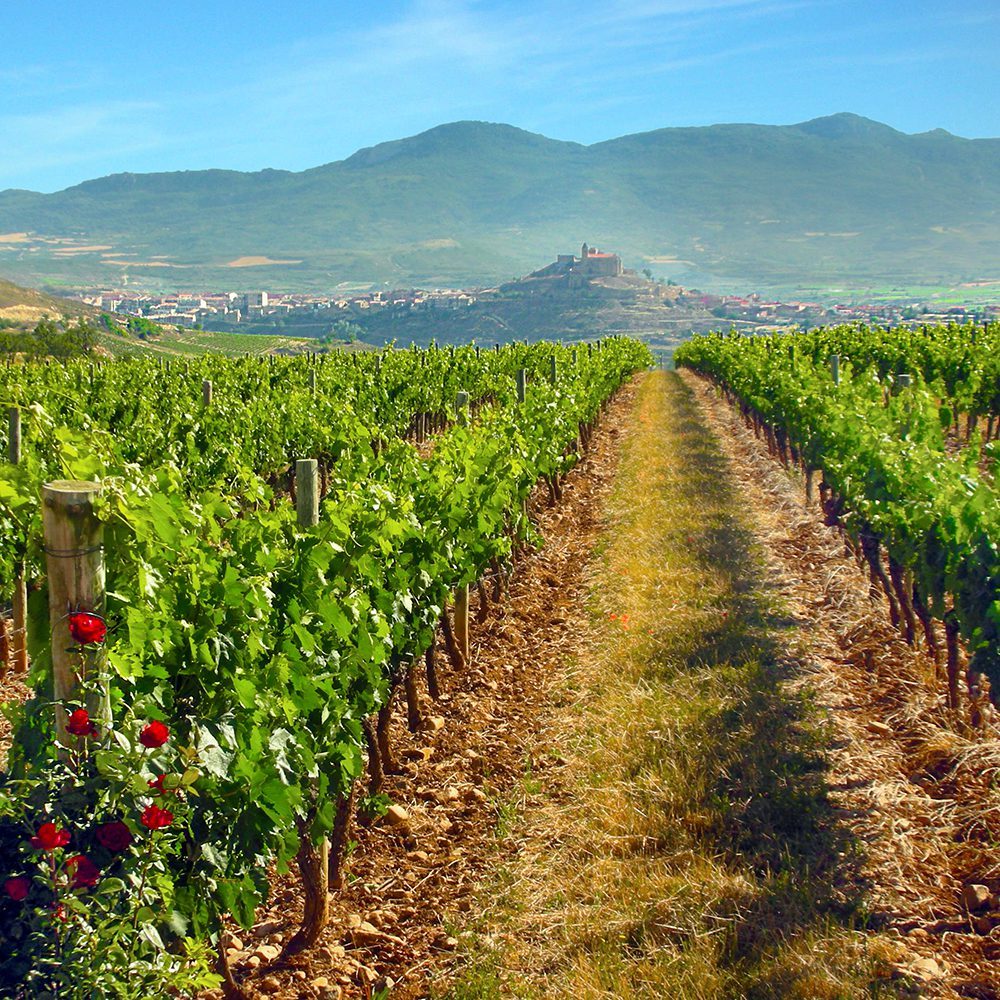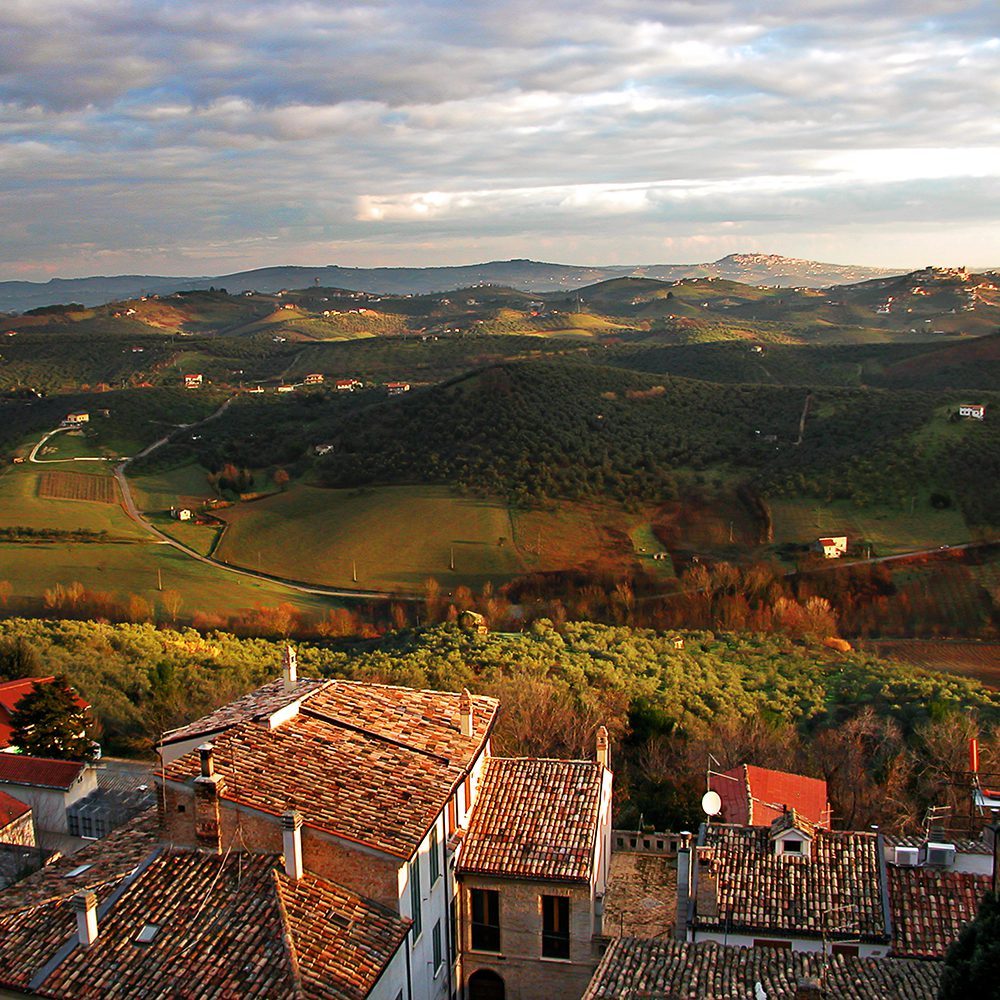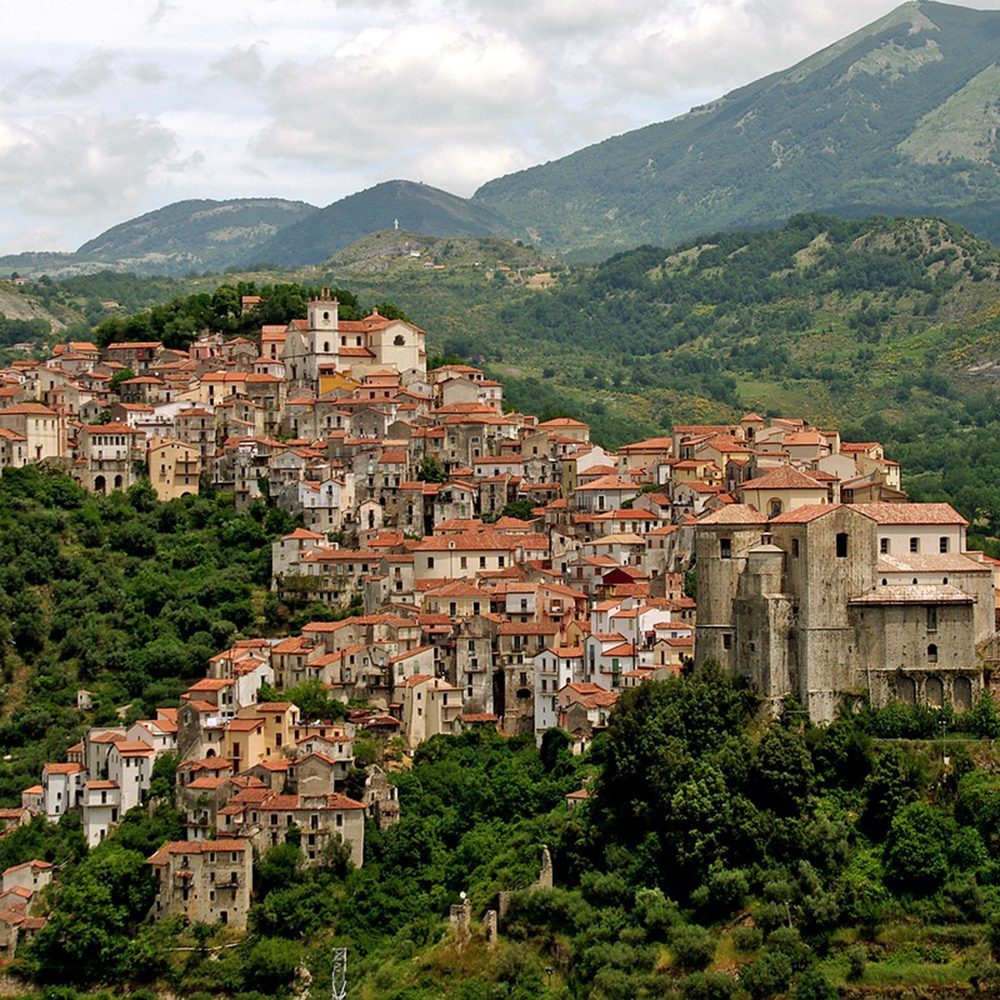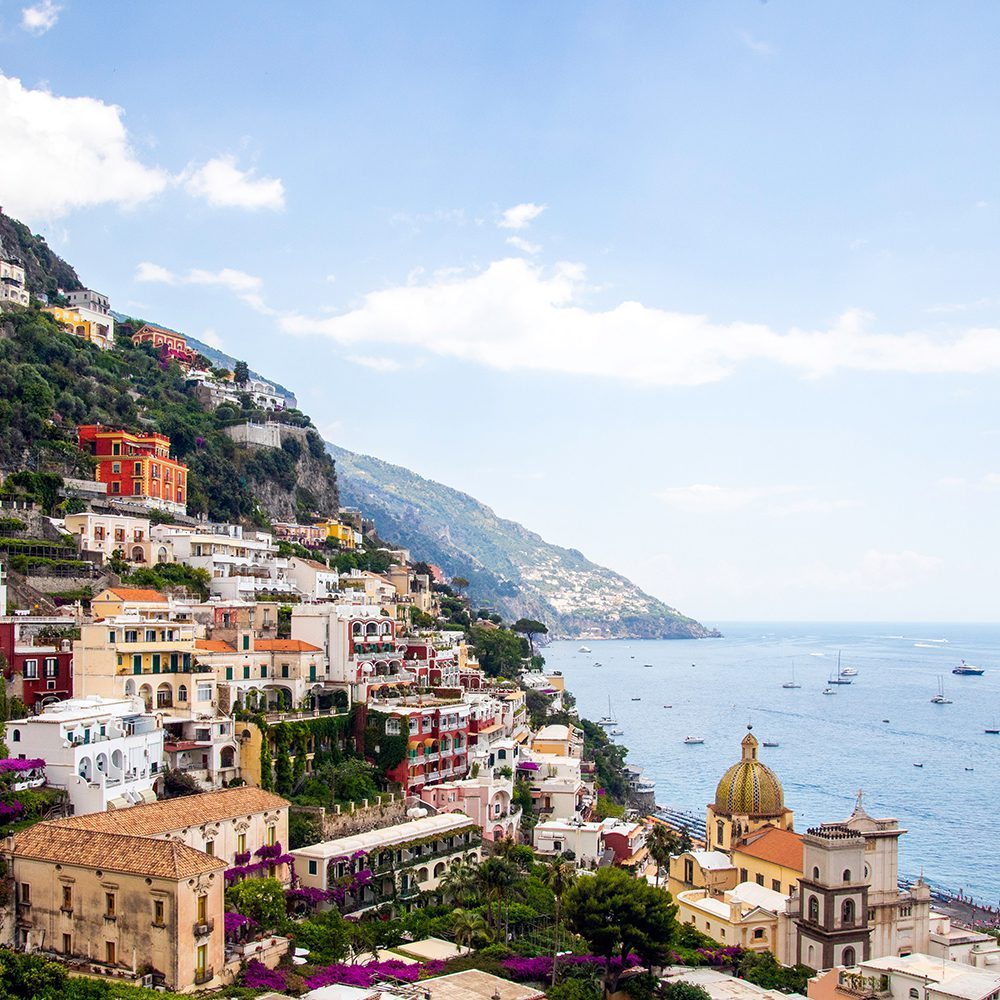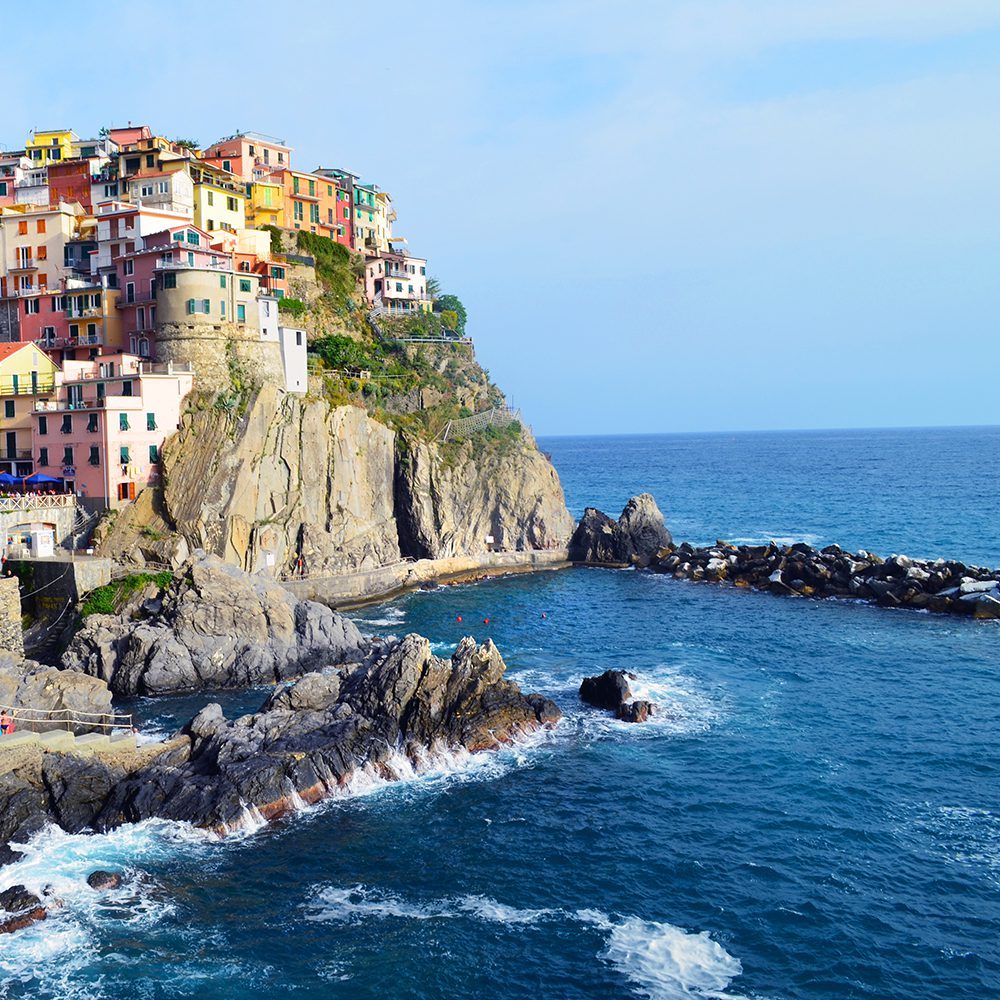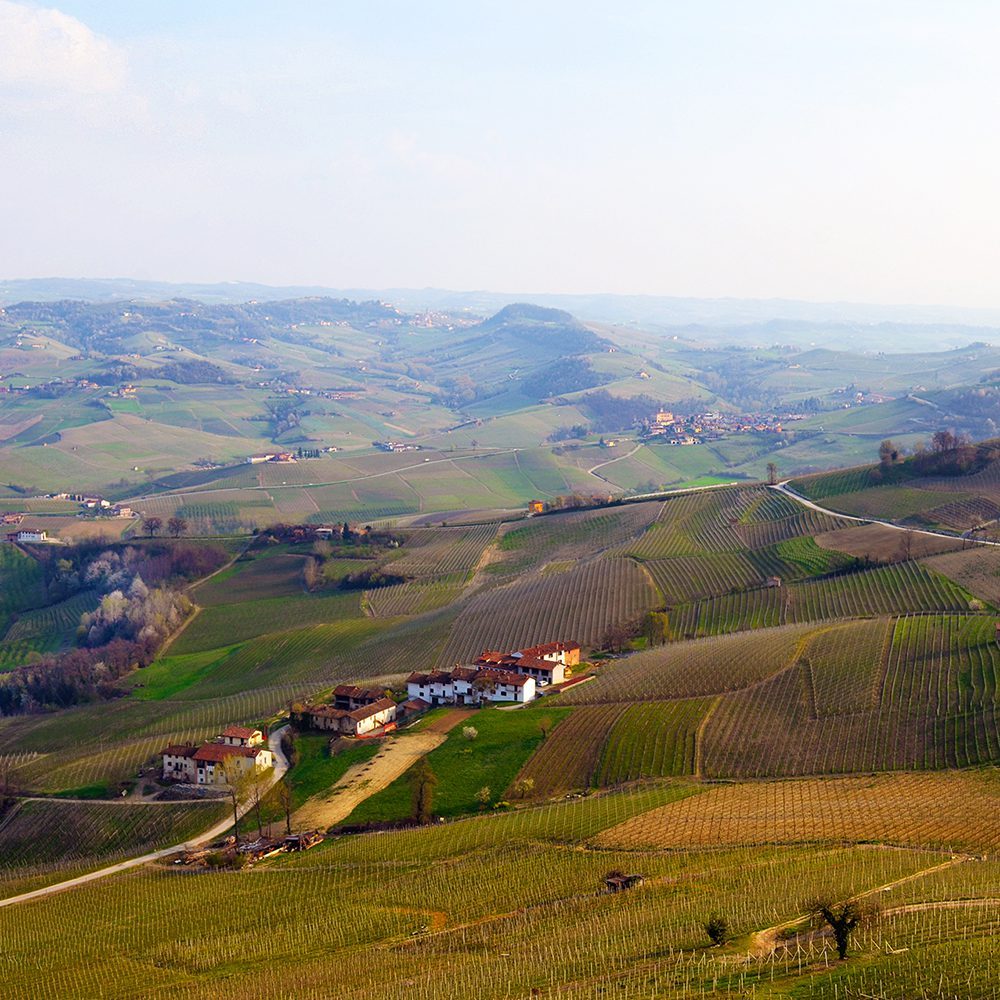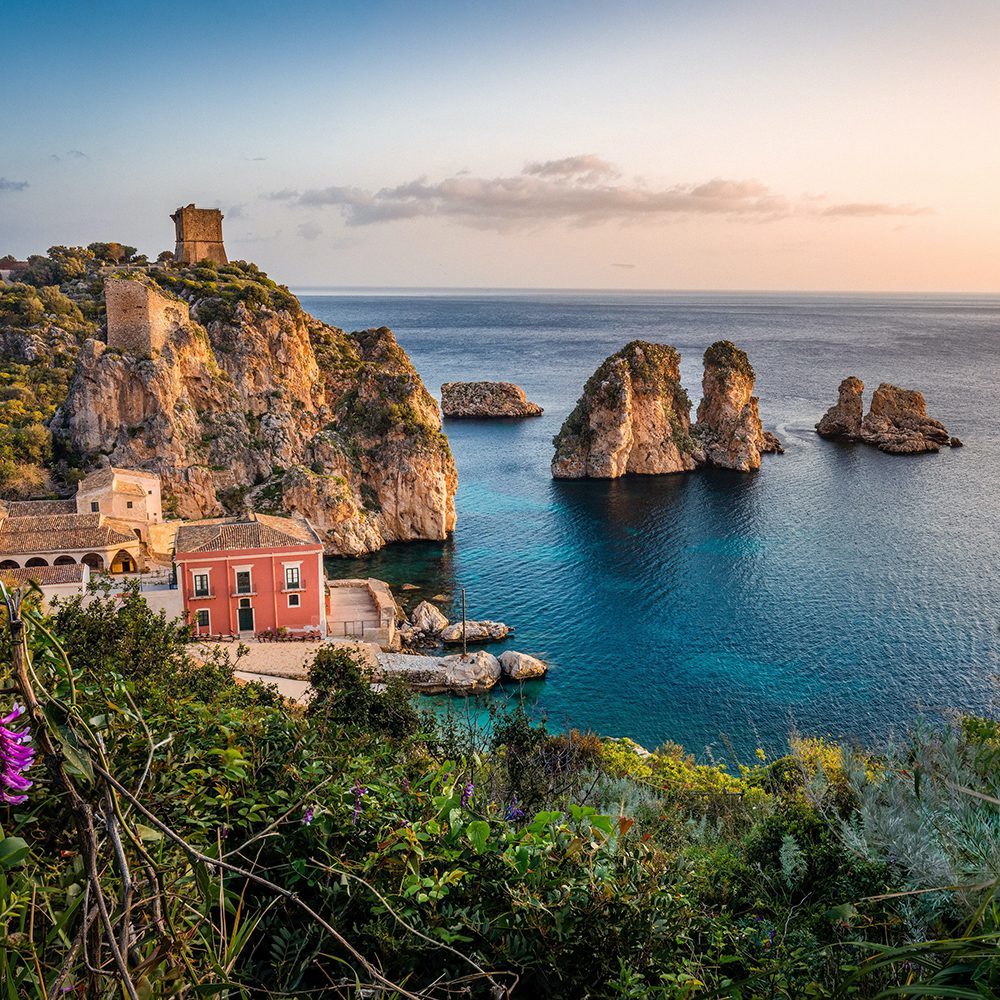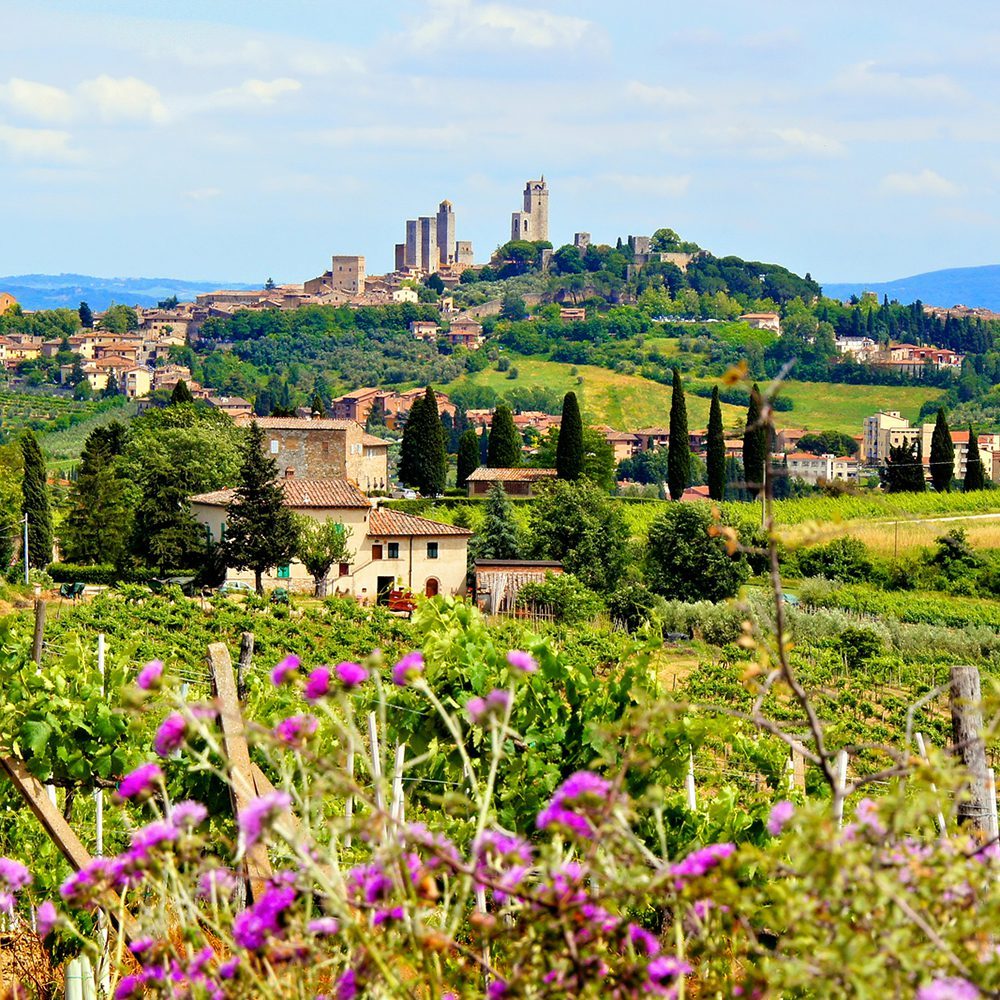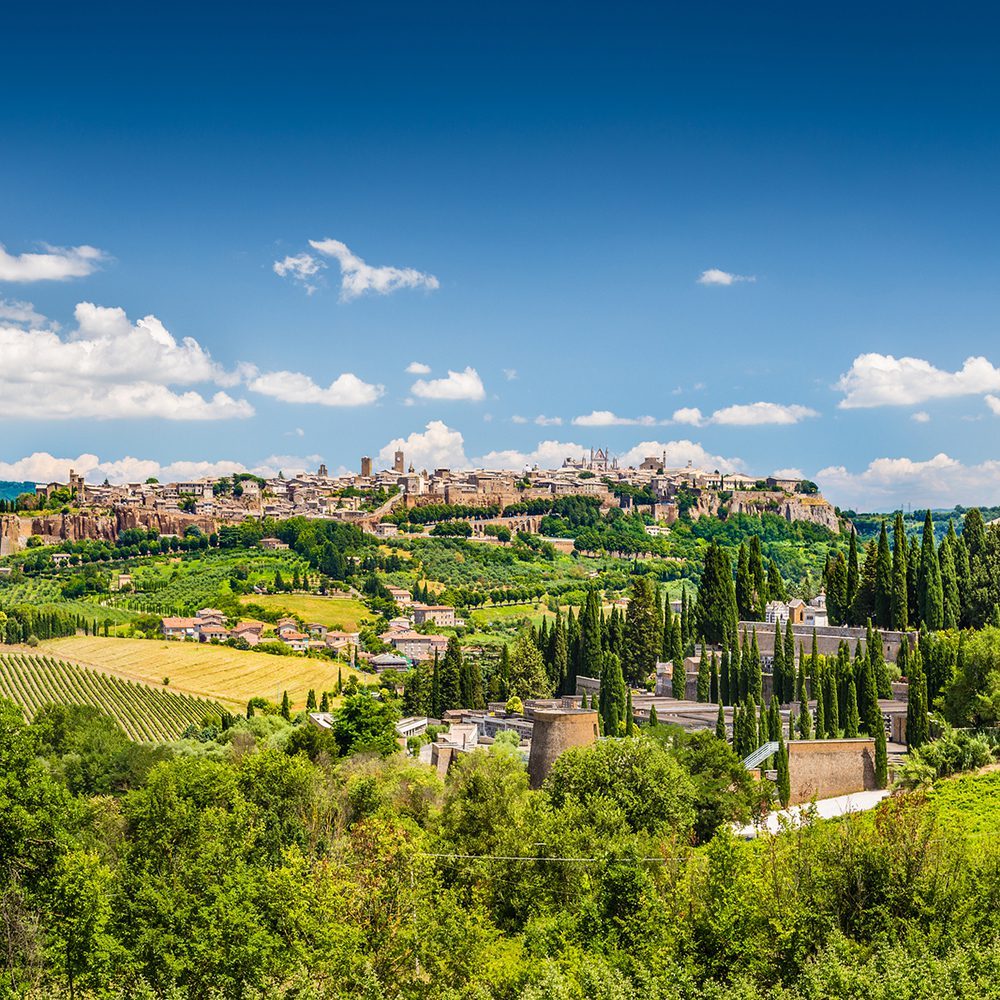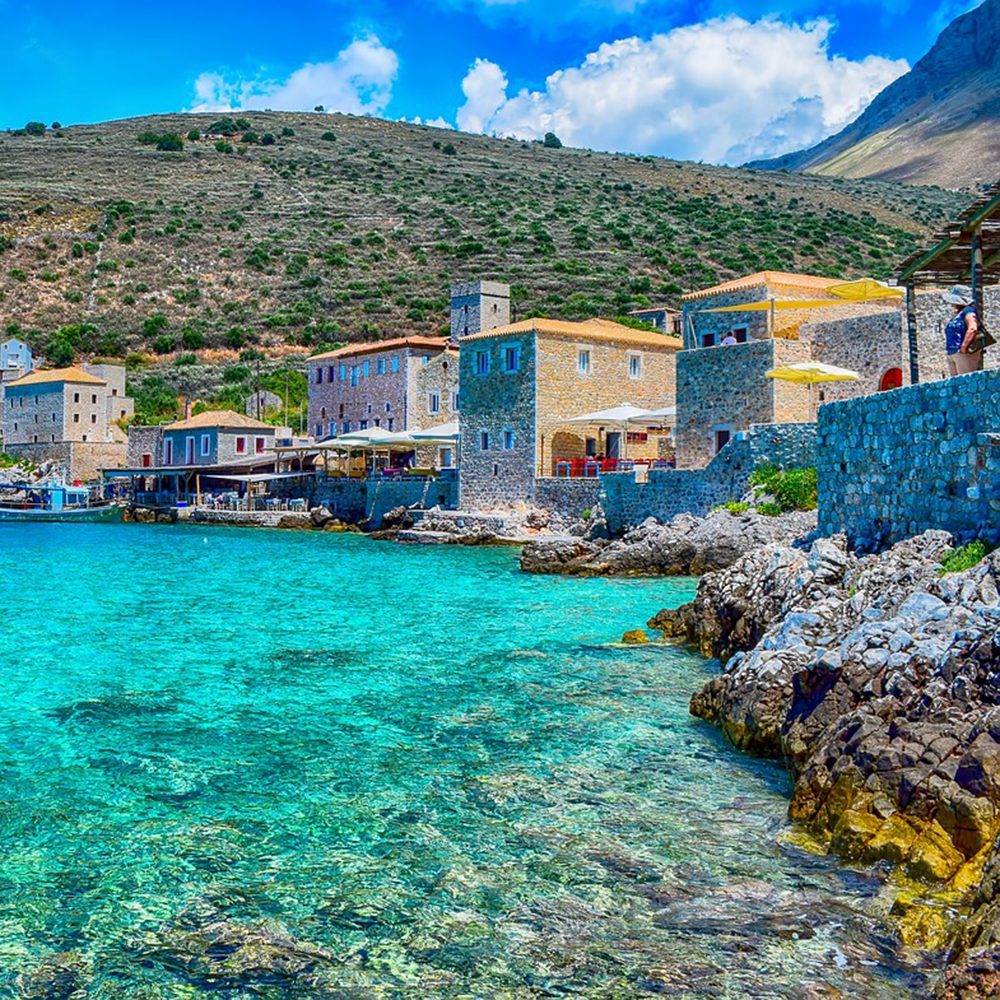Vin Santo: Sweet Wine of the Gods
Vin Santo: Sweet Wine of the Gods
An ancient and fabled wine, Vin Santo is one of the most luxurious, albeit unknown, dessert wines on the market today. While somewhat rare and hard to find in the United States, a bottle of Vin Santo is most certainly an elegant and essential addition to any collection of Italian digestivi.
What perhaps makes Vin Santo most intriguing, besides its sensational flavor and its many variations, is the wine’s historical roots that date as far back as the Middle Ages. The name “Vin Santo” itself derives from Tuscan folklore passed along from generation to generation and most likely can be attributed to the use of sweet wine during religious Masses in the Catholic and Greek Orthodox faiths. The most famous legend surrounding Vin Santo can be traced to 1348 when the Plague was rampantly devastating the whole of Europe, including Italy. Legend states that a friar from the province of Siena began distributing the wine to the sick to alleviate their pain. Out of this everyday miracle, the name Vin Santo was purportedly born. Another variation on the legendary beginnings of the wine is thought to have come from the Ecumenical Council of Florence in 1349. After sampling a Florentine wine by the name of Vin Pretto (or pure wine) at the council dinner, Basilios Bessarion, the founder of the Greek Eastern Orthodox church, commented that the wine was similar to wine from Xanthos. Locals mistook the Cardinal’s comment to mean santo, and thus began referring to the wine as Vin Santo or “holy wine.”
The vinification process for Vin Santo adheres to vini appassiti meaning that the wine is made from naturally dried grapes with a concentrated sugar content due to the evaporation of water. Although Tuscany is the predominant producer of Vin Santo, variations of the wine can be found throughout Italy. Many regions even dry the grapes on paglia (or hay), to give the wine yet another layer of complexity. In 1990 the Italian D.P.R. granted Vin Santo produced in Colli dell’Etruria Centrale the coveted D.O.C. status. Accordingly, this Tuscan variety is considered to be the king of all Vin Santo wines produced in Italy. For a Vin Santo to be compliant with the D.O.C. standard, it must contain at least 50% of Tuscan Trebbiano, up to 5% of Malvasia from Chianti, and a combination of 10 to 45% of Pinot Bianco or Grigio, Chardonnay and Sauvignon. The sugar content of the grapes must reach at least 28% while the prolonged drying of the grapes must extend to at least December 20th of a given year.
All Vin Santo wines generally exude an amber to hay coloration and are intense and aromatic on the nose. Vin Santo wines generally include caramel-like flavors with hints of honey, raisin and nut. The wine lends itself well to baked goods that are crispy and toasted, such as biscotti, and with an alcohol content of 16% it makes for a delightful accompaniment to desserts or enjoyed simply as a digestivo.

